Daffodils Prom Dance Bulb pack of 2 bulbs
₹225.00
In stock
SKU: DaffodilsWhiteLion
Category: Winter Bulbs
Daffodils Prom Dance (Narcissus ‘White Lion’) are a stunning variety of daffodils known for their elegant, large white flowers with a contrasting pale yellow center. They are part of the trumpet daffodil group and are prized for their striking, pure white petals and their delightful fragrance. These daffodils are a great addition to any garden, offering a sophisticated and fresh look when they bloom in the spring.
Key Features of Daffodils ‘White Lion’
- Flower Color: Pure white petals with a soft, pale yellow or cream-colored trumpet-shaped center.
- Flower Shape: Large, trumpet-like flowers with a classic daffodil structure.
- Height: Typically grow to around 12-16 inches (30-40 cm) tall, making them perfect for planting in the front of flower beds or containers.
- Fragrance: Daffodils ‘White Lion’ are lightly fragrant, with a pleasant, subtle scent that adds to the charm of the flowers.
- Bloom Time: Blooms in early to mid-spring (usually March to April, depending on your climate), providing early-season color in your garden.
- Hardiness Zones: Hardy in USDA zones 4-8. They can tolerate cold temperatures and bloom in cooler weather, making them an excellent choice for areas with chilly spring weather.
Growing Daffodils ‘White Lion’
1. Planting Location
- Sunlight: Daffodils ‘White Lion’ thrive in full sun to partial shade. Plant them in a location that receives at least 4-6 hours of sunlight per day for the best bloom performance.
- Soil: Daffodils prefer well-drained soil that is slightly acidic to neutral (pH 6.0-7.0). The soil should be fertile and rich in organic matter.
2. Planting Depth and Spacing
- Planting Depth: Plant the bulbs about 6 inches (15 cm) deep, with the pointed end facing upward.
- Spacing: Space the bulbs around 4-6 inches (10-15 cm) apart to allow for proper growth and airflow.
- Time to Plant: Daffodil bulbs should be planted in the fall (usually from late September to November) to allow them to establish roots before winter.
3. Watering
- Watering After Planting: After planting, water the bulbs thoroughly to settle the soil around them.
- Watering During Growth: Daffodils need moderate watering during the growing season. Ensure the soil stays moist but not soggy, as daffodils are susceptible to rot if left in waterlogged conditions.
- Watering After Blooming: After blooming, continue watering the bulbs until the foliage dies back naturally, which provides nourishment for the bulb for the next season.
4. Fertilizing
- Pre-Planting Fertilizer: When planting the bulbs, you can mix a slow-release bulb fertilizer into the soil to give them a strong start.
- Fertilizing During Growth: Once the leaves begin to emerge in spring, you can apply a balanced, slow-release fertilizer or a fertilizer specifically for daffodils, which is higher in phosphorus, to encourage blooming.
- Post-Bloom Care: After blooming, avoid fertilizing, as the plant will focus on storing energy in the bulb for next year’s growth.
5. Care After Blooming
- Deadheading: After the flowers fade, remove the spent blooms to prevent seed formation. This helps the plant focus energy on the bulb rather than producing seeds.
- Leave the Foliage: Allow the leaves to remain for several weeks after flowering, as they photosynthesize and send nutrients back into the bulb. Do not cut back the foliage until it turns yellow and dies naturally.
- Mulching: If you live in a colder climate, mulch the area around the daffodils after the first frost to protect the bulbs from freezing.
| Color | Bicolor |
|---|---|
| Germination Level | Medium |
| Growth Pattern | Leaf without stem |
| Hybrid or Open Pollinated | Hybrid |
| Ideal location | Full sun |
| Origin Country | Holland |
Be the first to review “Daffodils Prom Dance Bulb pack of 2 bulbs” Cancel reply
You must be logged in to post a review.
Related products
Rated 5 out of 5
₹199.00
Sale!
Rated 4 out of 5


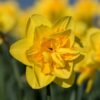
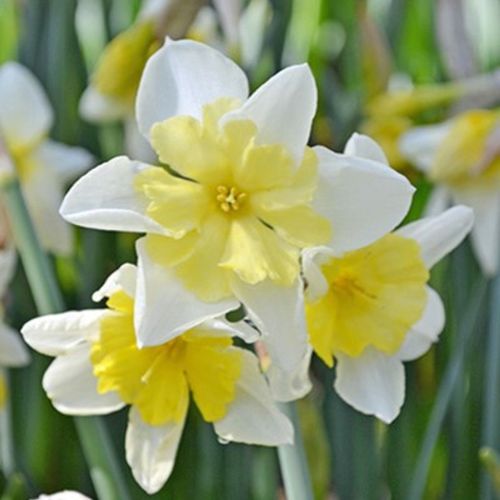
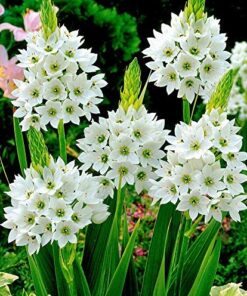
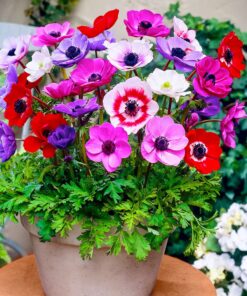

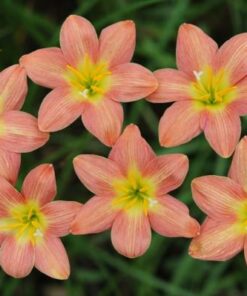
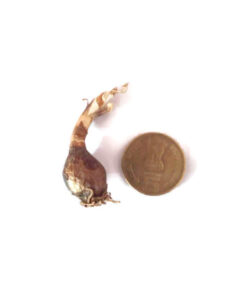
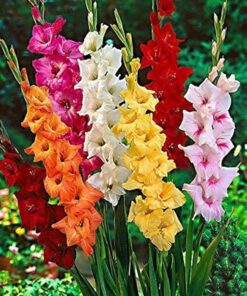
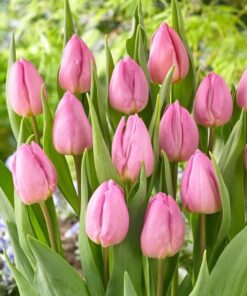
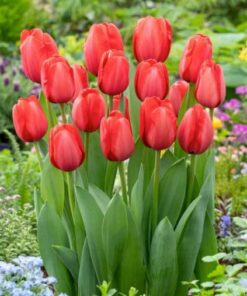


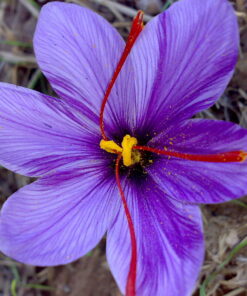
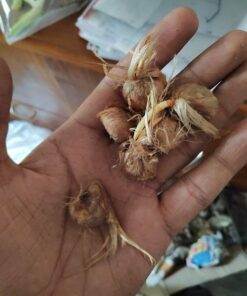
Reviews
There are no reviews yet.